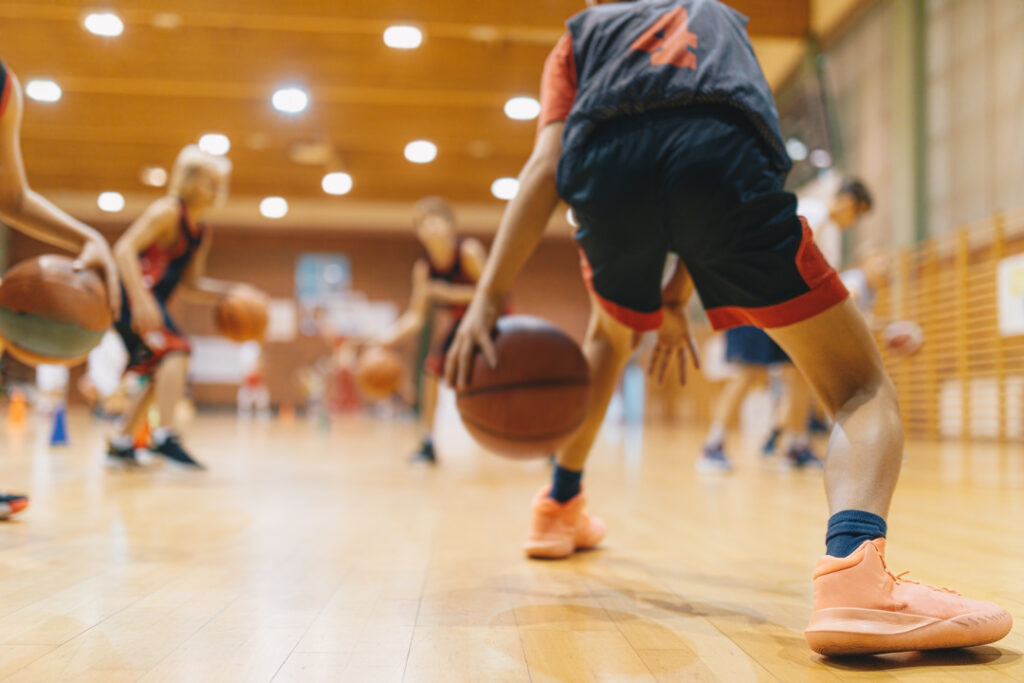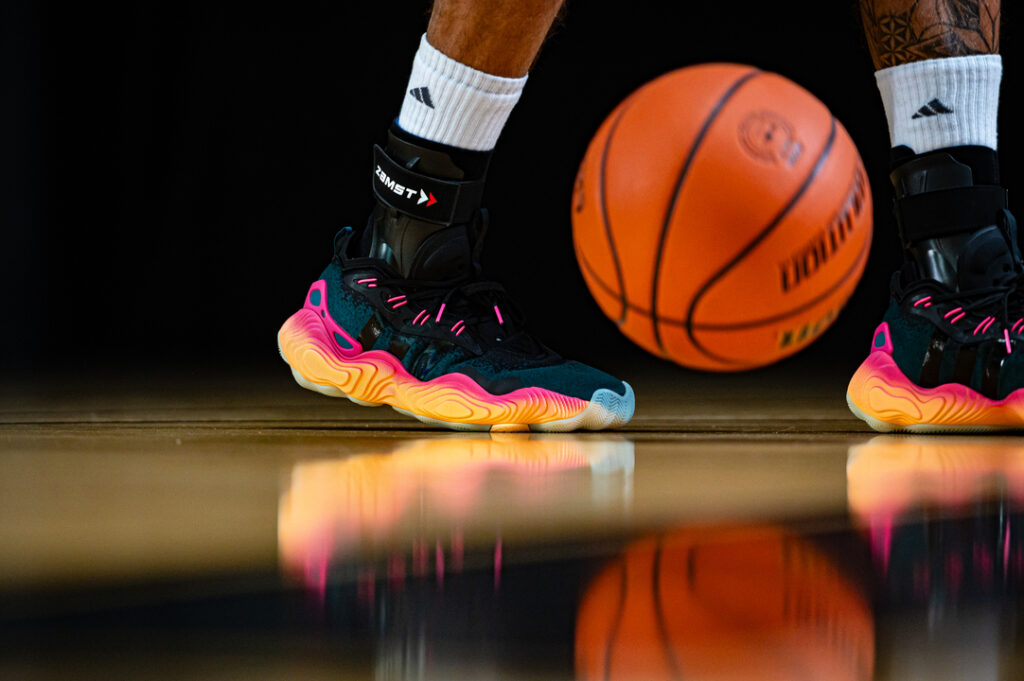The Crucial Role of Injury Prevention in Sports: A Game-Changer for Athletes
Sports have the power to inspire, entertain, and unify people around the world. Whether you’re a professional athlete, a weekend warrior, or a youth participant, one thing is certain: injuries are a part of the game. However, injury prevention in sports is not just a matter of convenience; it’s a critical aspect of athlete well-being and performance.
Being able to stay in the game and play throughout a whole season is extremely important to an athlete’s career and their team.
In this blog, we’ll dive into the importance of injury prevention in sports, highlighting its far-reaching impact on athletes, teams, and the sporting community as a whole.
Sustaining Athletic Careers Starting at a Young Age
One of the most obvious reasons for prioritizing injury prevention in sports is its role in sustaining athletic careers. Many people don’t realize that injuries are starting in sports now at a very young age. One theory is that kids are participating in sports year around with specialization and not participating in other sports. This can cause many repetitive overuse injuries that can lead to further injuries down the road. Studies have shown that participating in preventive training programs, promoting healthy sleep patterns, multiple sports participation with adequate rest and recovery time can have an impact on injuries.1
For many athletes, their sport is not just a hobby but a way of life, and injuries can cut those careers short. By implementing injury prevention measures, athletes can significantly reduce the risk of debilitating injuries that may force them to retire prematurely. This not only benefits the athletes themselves but also the fans and organizations that rely on their talents.

Enhancing Performance
Injury prevention is not just about avoiding setbacks; it’s also about enhancing performance. When athletes are free from injury or have a reduced risk of injury, they can train more consistently and effectively.
For example, some players in professional basketball league have been playing for many years and still training like it’s his rookie year in the league. He has been on the record of stating that he spends one million dollars on his body so he can stay healthy. He has avoided for the most part any major injuries that has resulted in a lost season or derailed his career.
When you have a focus, intention and a plan, athletes can push their limits and strive for excellence, knowing that their bodies are less prone to breaking down.
Promoting Long-term Health and Reducing Healthcare Costs
The long-term health of athletes should always be a top priority. Injuries sustained during an athletic career can have lasting effects on an individual’s health and quality of life.
Chronic pain, reduced mobility, and long-term health conditions are just some of the consequences that athletes may face if injuries are not prevented or properly managed.
Injury prevention measures, such as proper conditioning, strength training, and recovery techniques, can significantly contribute to an athlete’s long-term well-being.
Not only is long-term health a concern but reducing healthcare costs is a key metric for the sports industry. Injuries in sports often result in substantial healthcare costs. From medical treatment to rehabilitation, the expenses can quickly pile up.
This is extremely prevalent at the University level where big programs have the money and infrastructure, but the smaller schools are working on a lower budget which often affects the athlete. By investing in injury prevention strategies, sports organizations, and athletes can save millions in medical bills. Additionally, this financial relief can be redirected toward improving training facilities, equipment, and athlete development programs.

Bracing as a prevention?
If you have ever watched a college or professional football game, you will notice that all of the offensive lineman wear knee braces. Why is this a common scenario?
They have found out that by wearing a hinge knee brace offensive lineman can reduce their risk of a major knee injury because of the stability the brace provides. Lineman are at constant risks of players running into their knees, so it makes sense to provide braces as an injury prevention tactic.
The NBA is another sport that has come into the limelight for bracing as a substitute for injury prevention. Trae Young has been wearing the Zamst A2-DX ankle brace which has helped him play in the majority of his games for the past 5 seasons.
Fostering a Culture of Safety
Lastly, prioritizing injury prevention in sports fosters a culture of safety. It sends a message that injuries are not inevitable but preventable. This mindset shift encourages athletes, coaches, and organizations to continuously seek out ways to minimize risks and ensure the safety of all participants. A culture of safety benefits not only athletes but also everyone involved in sports.
Injury prevention in sports is not a luxury; it’s a necessity. It affects athletes at all levels, from the young hopefuls just starting their journeys to the seasoned professionals at the pinnacle of their careers. By focusing on injury prevention, we can sustain athletic careers, enhance performance, reduce healthcare costs, and promote long-term health. Moreover, it sends a powerful message that safety is a top priority, encouraging a culture of safety that benefits everyone involved in sports. As we continue to advance our knowledge and practices in injury prevention, we can look forward to a future where athletes can thrive and compete at their best, while minimizing the risks of debilitating injuries.
ABOUT THE AUTHOR
EVAN JEFFRIES is a physical therapist with a Doctorate in Physical Therapy (DPT) from the University of St. Augustine for Health Sciences. He is also the owner of Evolving Motion Physical Therapy and has vast knowledge of the musculoskeletal system and has treated many orthopedic conditions by bringing a proactive approach to healthcare and lifestyle. Recently he has also been active on social media as an injury analyst mainly in related to injuries NBA players have sustained. Evan can be followed on his social media accounts.








